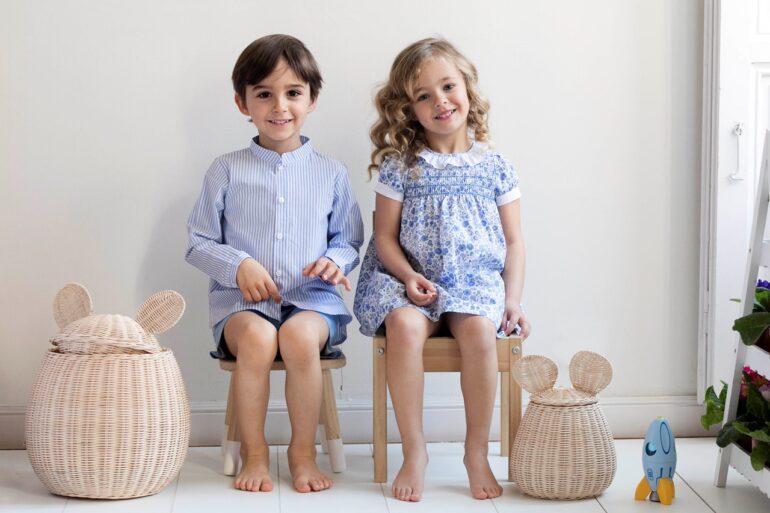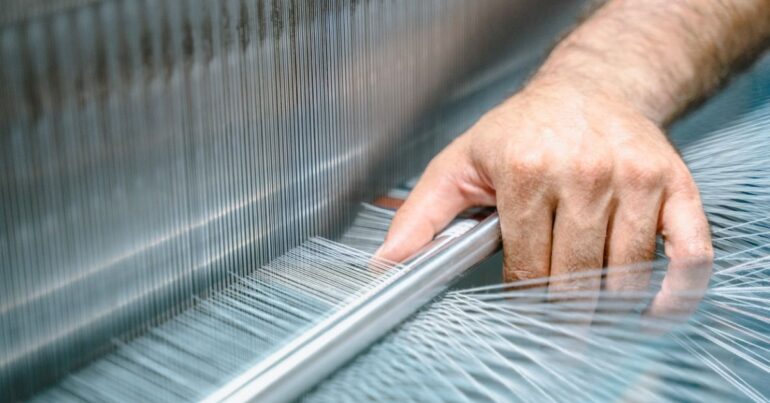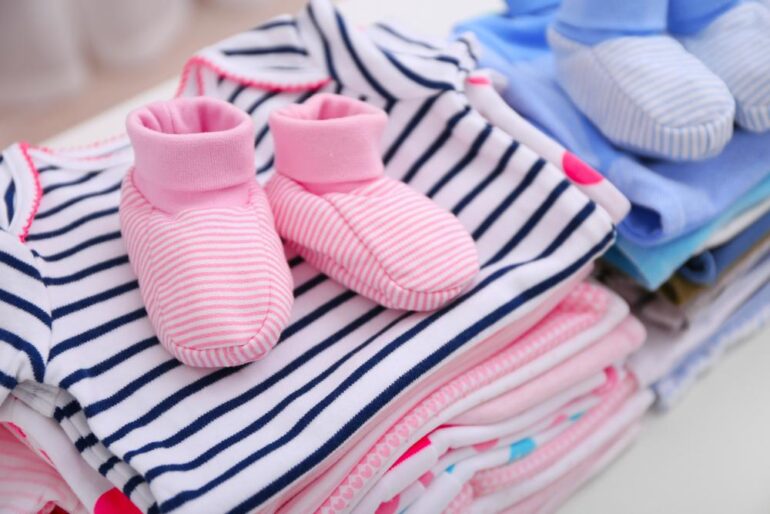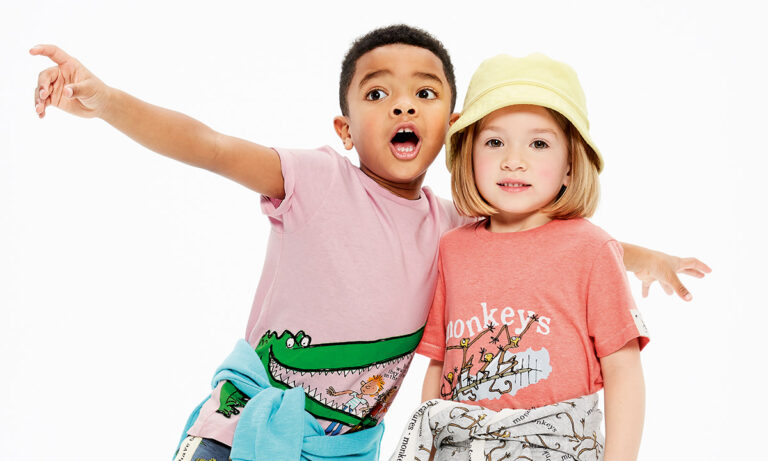The materials from which our wardrobe is made are very important. Not only for feeling good but also for preserving the health of our skin, as well as for protecting our environment in the best possible way. When it comes to our children, we dedicate even more love and attention to the materials. There is a lot of discussions about which material is the best when it comes to children’s wardrobe, and the fact is that there are some really good ones. Two fabrics that are talked about a lot nowadays are cotton and polyester. Both have been shown to be very suitable for children’s wardrobe, but some people want to go a step further and find out which is better than the two. So in this article, we discuss the differences between cotton and polyester and discover which one is better for children’s clothes.
What is cotton and what are its benefits when used for clothes?

The first material we will talk about is cotton – a material that is very often used nowadays for both children’s and adults’ wardrobes. It has been shown to have a number of beneficial properties that make it so often used. First of all, cotton is obtained from the plant and is a 100% natural material, which is one of its biggest advantages. Today, more and more emphasis is placed on the sustainability of materials and environmental protection, and cotton meets all eco-friendly criteria.
Some of the biggest benefits of cotton are that the material is very light, breathable, and feels good on the skin. It has the ability to absorb moisture, which contributes to that good feeling because you don’t feel like there’s an occlusive film on the surface of your body. In addition to all this, cotton is biodegradable and environmentally friendly, but it is also very durable and long-lasting. You can be sure that your children’s wardrobe will withstand tearing and the test of time. You will be able to pass on cotton clothes to younger children, and they will look equally good.
Because the material is light, breathable, and creates a good feeling on the body, it is considered very suitable for children’s sensitive skin, especially for those who are prone to reactions and allergies.
Is 100% cotton a good choice for a children’s wardrobe?

When choosing a cotton wardrobe for your children, it is important to pay attention to whether it is 100% natural cotton. The characteristics described relate only to pure cotton. Always look on the label to see if the piece is made of 100% cotton or a combination of several different materials.
If you are looking for a comfortable and beautiful children’s wardrobe made of high-quality materials, visit here.
And what about polyester?

Polyester is another material often used to make clothes, including children’s. Like all other materials, it comes with a set of advantages and disadvantages that you should take into account when considering buying children’s clothes from this material.
One of the advantages of this material is that it is waterproof and very durable, which is not surprising considering that it is a product based on petroleum (plastic). Another plus is the fact that it does not wrinkle like cotton, so it can be much easier to maintain.
However, from the point of view of health and impact on the skin and the environment, polyester is not as good a choice as cotton. As we mentioned, children’s skin is extremely sensitive, and various chemicals are used to obtain polyester, which can lead to irritation or allergic reactions. In addition, this material is not breathable and light like cotton and does not absorb moisture, which can lead to a rather unpleasant feeling on the skin, especially during hot summer days.
Besides that, polyester is not easily biodegradable, which indicates that it adversely affects the environment and is not eco-friendly, unlike cotton.
Cotton vs Polyester – which one is better for children’s clothes?

As you may have concluded, there are several criteria according to which cotton seems to be a better choice for children’s wardrobe. First of all, cotton is a 100% natural and biodegradable material, which means it is eco-friendly. Its production does not use chemicals, which means that it is more suitable for children with sensitive skin because it shows a lower tendency to cause irritation and allergies. It absorbs moisture better and leaves a nice and comfortable feeling on the skin, which is another big plus. In addition to all this, it is also long-lasting and you will be able to pass on the wardrobe to younger generations.
When it comes to polyester, this material also comes with its own set of advantages and disadvantages. The main thing about it is that it is obtained from petroleum and its production includes a number of chemical substances that can be aggressive to children’s skin. This material is long-lasting and has less wrinkle, so it can be a good option for adults who do not have sensitive skin, especially when aesthetics are crucial.
For a children’s wardrobe, however, you want to use materials that are breathable, light, and comfortable, especially when children are of the age where they run a lot, move and need maximum comfort to enjoy their game. In the end, it is up to you parents to educate yourself about what materials are the best option for your children’s clothes and make the best choices for them.

Conclusion
Nowadays, it is possible to find clothes on the market made of a large number of different materials, both for children and adults. However, when choosing children’s clothes, we pay much more attention and caution, because we want to ensure that the materials that come into contact with children’s goats are completely safe for them. A frequent question is which material is better for children’s clothes – cotton or polyester. As you could conclude, there are several criteria according to which cotton is a much better option for children’s wardrobe, because it is light, breathable, biodegradable, absorbs moisture, and is completely natural. Cotton clothes will be comfortable enough for your children, and at the same time reduce the risk of skin reactions.

